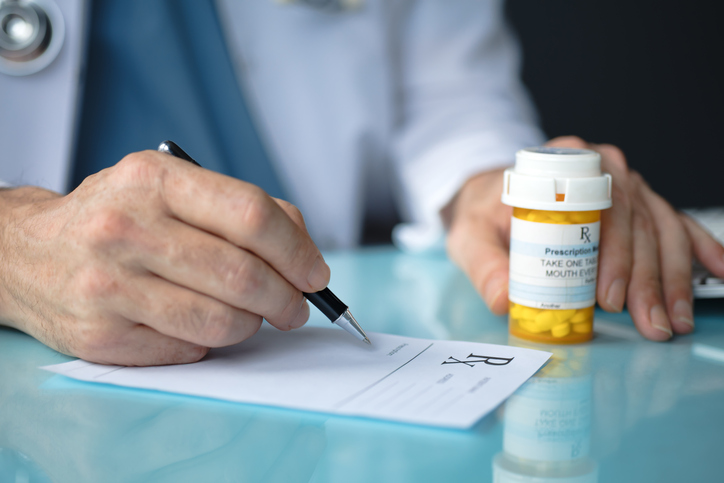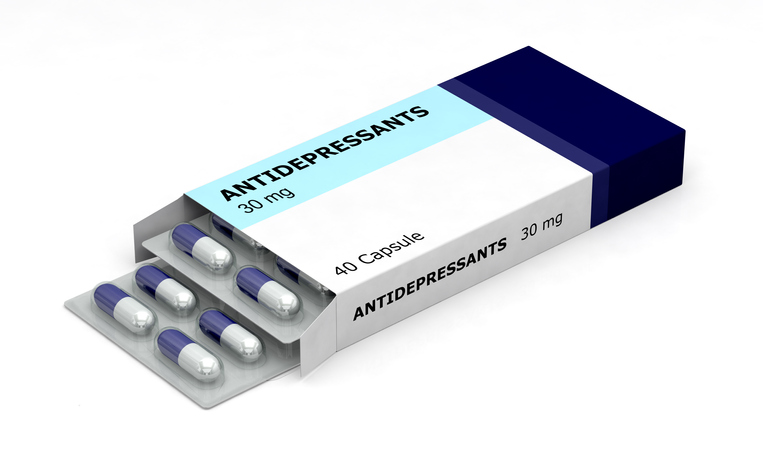Treatments
Spinal Cord Stimulation (SCS)
Spinal cord stimulation is commonly referred to as nerve stimulation and has recently received more support in the medical community. Spinal cord nerve stimulation is a reversible procedure – recent technologies are far more advanced in personalizing the therapy and controlling pain over extended periods of time. Where many other solutions provide short to mid-term relief, nerve stimulation is a longer term pain relief solution.
Individuals interested in spinal cord stimulation should consult with a pain specialist or clinic to learn if the therapy is right for their condition. Once a doctor has determined that the therapy could be effective, an individual will undergo a psychological assessment to ensure they are a good candidate for a successful outcome. Next,
they will undergo a 3-10 day trial to ensure the device helps reduce appropriate pain levels and increases mobility before permanently implantation. Most individuals are discharged the day of trial or implantation. Activity restricted during recovery from permanent implantation for 2-4 weeks, and are fully recovered in 6-10 weeks.
Side Effects
Spinal cord stimulation is generally safe with most risks and side effects resulting from surgical mistakes, complications (infections) and postoperative challenges (scar tissue). Device-related problems can occur and are generally declining after 30 years of technology advancement. For some , there might be fluctuations in stimulation, pain might not disappear, discomfort around the generator or electromagnetic interference with an MRI machine (fortunately many devices are MRI-compatible).
As with any medical procedure, spinal cord stimulation is not appropriate for everyone, and your doctor can tell you if SCS is right for your condition



















